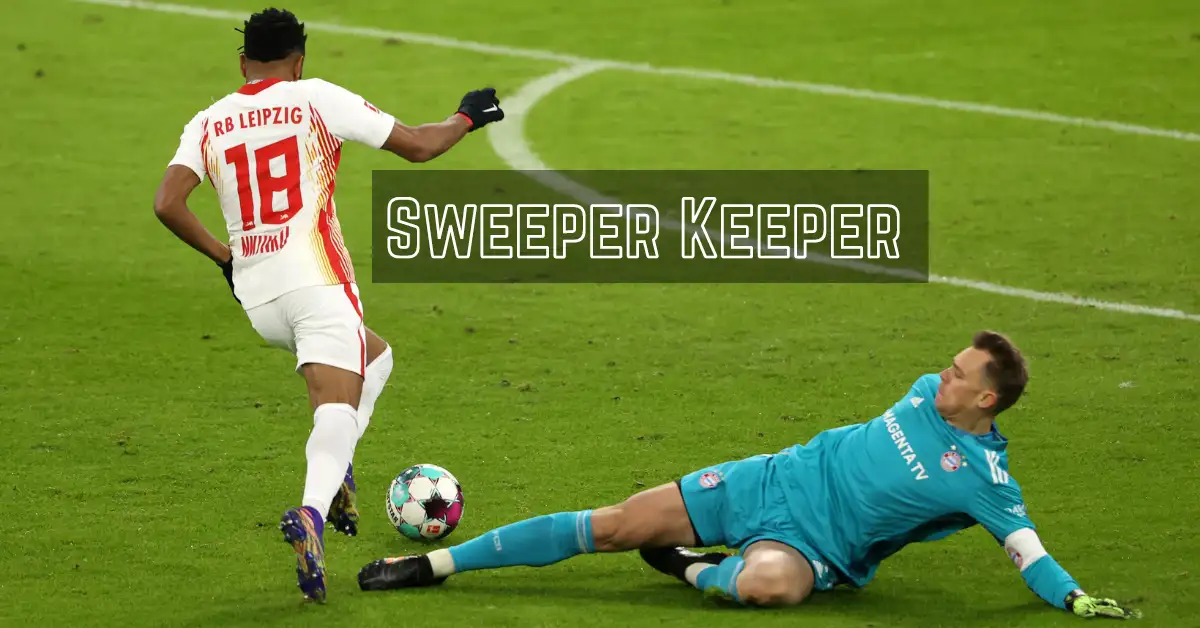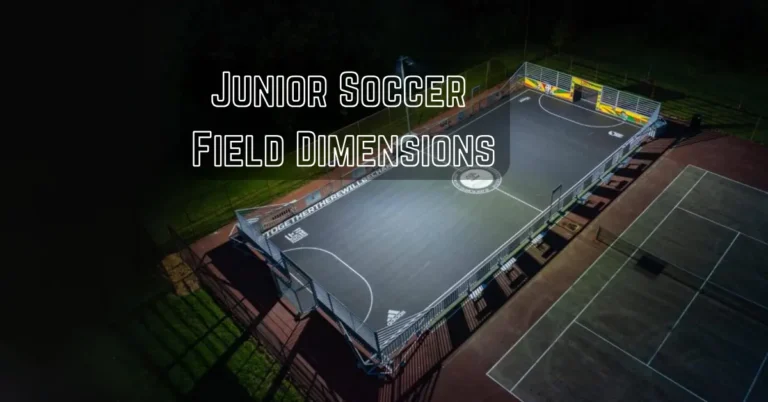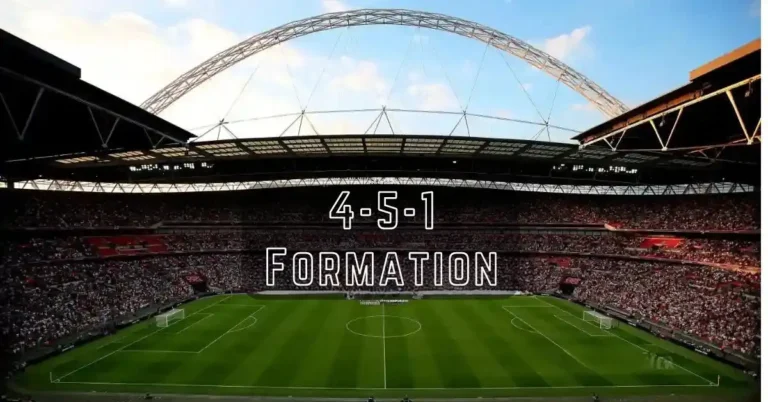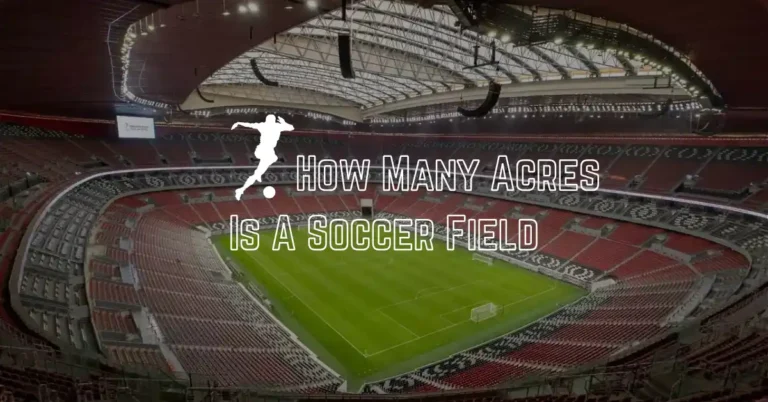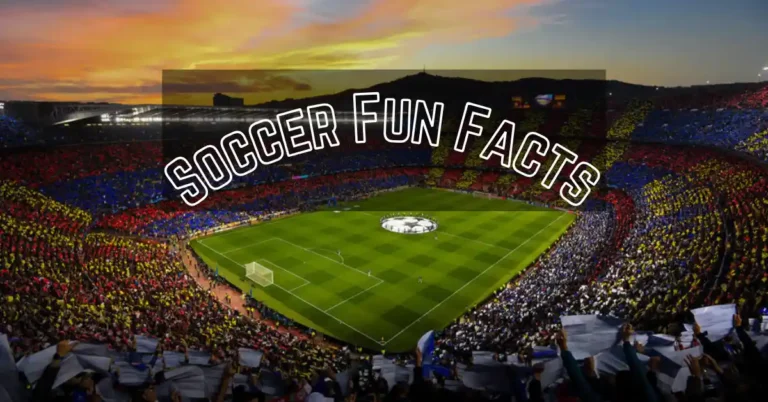Sweeper Keeper – Position And Role Of A Sweeper Keeper
The job of a goalkeeper in the fast-paced world of football has developed beyond stopping shots. Recent years have seen the rise in popularity of one such evolution: the “Sweeper Keeper.” The ability to distribute the ball with accuracy with their feet, start assaults from the back, and support their team’s offensive plays set Sweeper Keepers apart.
What Is A Sweeper Keeper in Soccer?

The word “Sweeper Keeper” is mostly used in football (soccer) to describe a goalkeeper who helps defend the team outside of the penalty area, acting like an extra outfield player. The Sweeper Keeper is known for being ready to go outside the box to stop enemy attacks and clear the ball.
He does this by being very agile and good at handling the ball. This type of play requires the ability to block shots and the ability to read the game and start counterattacks. Sweeper Keepers are good at adding an extra layer of defense, stopping the other team’s players, and moving the ball behind the defensive line.
As football tactics have changed, this modern goalie role has become more important. It stresses a more proactive and versatile style of play for goalkeepers beyond their traditional role of stopping shots.
Position of a Sweeper keeper
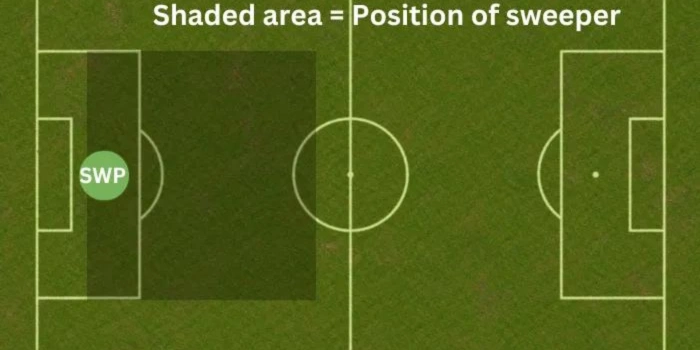
A football (soccer) team’s sweeper keeper is a unique and dynamic position. A Sweeper, who is usually positioned in the space between the goalposts, is not limited to the penalty area; rather, they aggressively patrol outside of it.
During offensive phases, the Sweeper Keeper may position himself higher up the pitch, providing an additional passing option for teammates and helping to initiate attacks.
When defending, the Sweeper Keeper often acts as the last line of defense, rushing out to clear loose balls and confront opposing players before they can breach the defensive line.
Origination of Sweeper Keepers

The concept of Sweeper Keepers emerged in the 1960s and 1970s, evolving from traditional goalkeeping roles to incorporate outfield responsibilities. The first notable Sweeper is often credited to West German goalkeeper Harald “Toni” Schumacher during the late 1970s and early 1980s.
Goalkeepers like Jorge Campos and René Higuita, who played Sweeper, popularized the phrase in the 1990s. In the 21st century, goalkeepers like Manuel Neuer of Germany made the Sweeper strategy popular. Goalkeepers now play both defensive and offensive roles, as Sweeper Keepers demonstrate.
See Also: Soccer Player Diet;
Roles of a Sweeper Keeper
The Sweeper Keeper is a specialized goalkeeper role in football with distinct roles and responsibilities that go beyond traditional shot-stopping. Here are the key aspects of a Sweeper Keeper’s role:
Offensive Roles
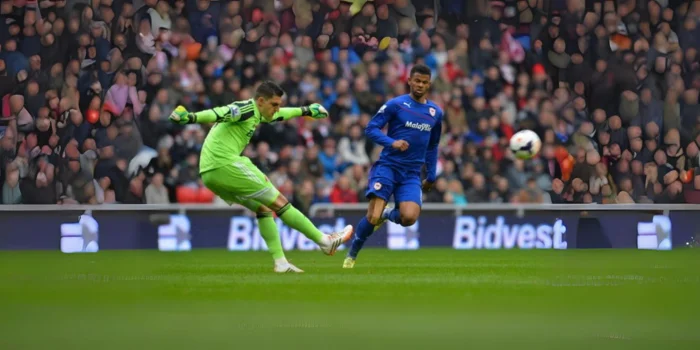
- Ball Distribution: The Sweeper plays a crucial offensive role. They distribute the ball accurately, initiating attacks with precise short passes. This helps build up play from the back or launch counter-attacks with long-range passes.
- Supporting Build-Up Play: Actively participating in the team’s build-up play is another key role of the Sweeper. They become an additional passing option for outfield players, contributing to maintaining possession and orchestrating attacks.
- Initiating Counter-Attacks: The Sweeper can play a pivotal role in initiating counter-attacks. This is achieved by quickly releasing the ball to attacking players after making saves or interceptions. This strategy exploits spaces left by the opposition.
defensive roles
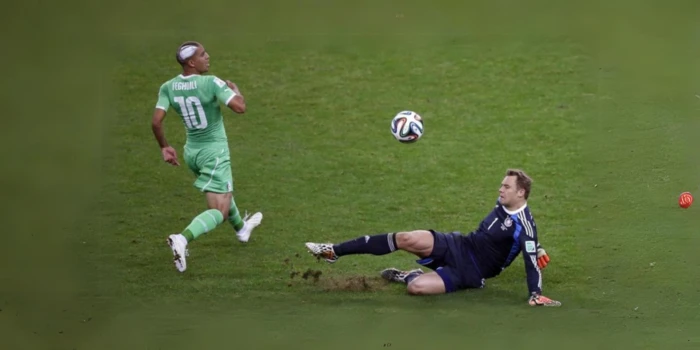
- Defensive Sweeping: The primary defensive responsibility involves acting as a “sweeper” behind the defensive line, intercepting through balls and clearances outside the penalty area to provide an extra layer of defense.
- Communication and Organization: The Sweeper Keeper assumes a leadership role in organizing the defensive unit, communicating with defenders to ensure proper positioning and coordination, and contributing to overall defensive solidity.
- Reading the Game: An essential defensive skill involves anticipating the flow of the game, understanding when to stay deep, rush out, or act as an auxiliary defender to disrupt opposing attacks, thereby minimizing defensive vulnerabilities.
- 1v1 Situations: In defensive scenarios where attackers break through the defensive line, the Sweeper Keeper must confidently face one-on-one situations, using quick decision-making to narrow angles and make crucial saves.
Characteristics of a Sweeper Keeper
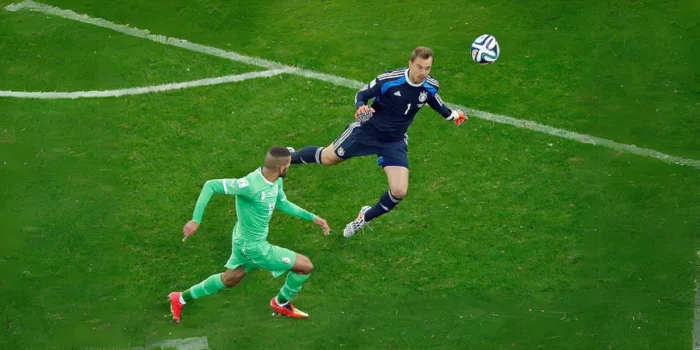
In soccer (football), we commonly use the term “sweeper-keeper” to describe a goalkeeper actively participating in the team’s outfield play. This often involves playing outside the penalty area, taking on the role of a sweeper. The characteristics of sweeper-keepers are in below table:
| No | Characteristic | Description |
| 1 | Goalkeeping Skills | Proficient in shot-stopping, handling, and distribution |
| 2 | Sweeping Abilities | Excellent at reading the game and clearing loose balls |
| 3 | Communication | Strong communication with defenders and team members |
| 4 | Tactical Awareness | High football intelligence, understanding of team tactics |
| 5 | Passing Accuracy | Accurate short and long-range passing skills |
| 6 | Decision Making | Quick and decisive decision-making under pressure |
| 7 | Playmaking Ability | Ability to start attacks and build play from the back |
| 8 | Speed and Agility | Quick reflexes, agility, and ability to cover ground |
| 9 | Ball Control | Comfortable with the ball at feet, good ball control |
| 10 | Reading the Game | Anticipates opposition movements and attacks |
advantages and disadvantages of sweeper keeper
The sweeper-keeper tactic is effective in modern football, and many elite teams use it. However, its success hinges on the team’s plan, goalkeeper talent, and player tactical awareness. Here are the advantages and disadvantages of a sweeper keeper in modern football.
advantages of a Sweeper Keeper
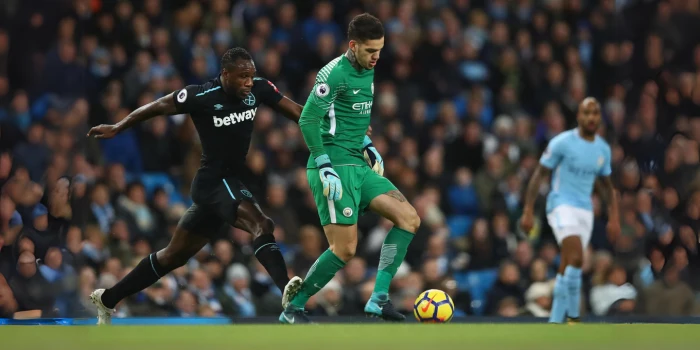
- Distribution: Sweeper-keepers are typically good with their feet, allowing them to distribute the ball accurately and quickly. This can be an asset in starting counter-attacks or maintaining possession from the back.
- High Defensive Line: Teams can play a higher defensive line with a sweeper-keeper. The goalkeeper covers the space behind the defenders, reducing the distance between the defensive and offensive lines.
- Pressing and Closing Down: Sweeper-keepers actively contribute to pressing the opponent high up the pitch. They put pressure on opposing players, forcing them into making mistakes.
- Extra Defender: The sweeper-keeper adds an extra outfield player when the team is in possession. This provides more passing options and creates numerical superiority in certain areas of the pitch.
- Adaptability: A sweeper-keeper can adapt to different styles of play, providing versatility to the team’s tactics.
Disadvantages of a Sweeper Keeper
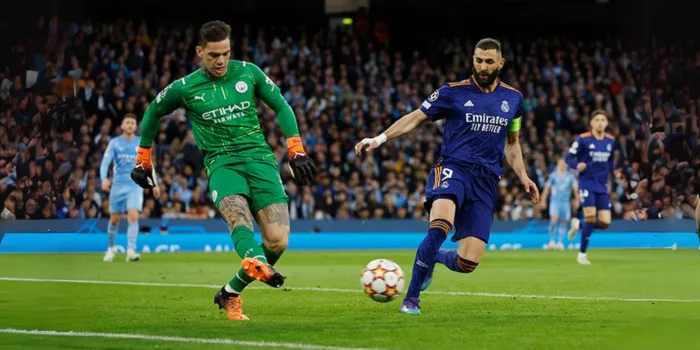
- Risk of Errors: Playing as a sweeper-keeper involves risks, especially when coming out of the penalty area to clear the ball. Mistakes in judgment or execution can lead to conceding goals.
- Vulnerability to Long Balls: A high defensive line and an advanced sweeper-keeper can leave the team vulnerable to long balls played behind the defensive line, exposing the goal.
- Technical Skills Requirement: Not all goalkeepers possess the technical skills required to be effective sweeper-keepers. This style demands a high level of ball control and passing ability.
- Fitness: Physically fit and agile players are necessary for sweeper-keepers to cover additional ground, both within the penalty area and outside when participating in outfield play.
- Communication Challenges: The coordination between the sweeper-keeper and the defensive line is crucial. Miscommunication can lead to defensive lapses, leaving the goal exposed.
See Also: High School Soccer Field Dimensions
5 best Sweeper Keepers Of All Time
Players from various parts of the world have shaped the global perspective of the sweeper keeper. For your convenience, below is a selection of some of the very best.
Manuel Neuer (Germany)
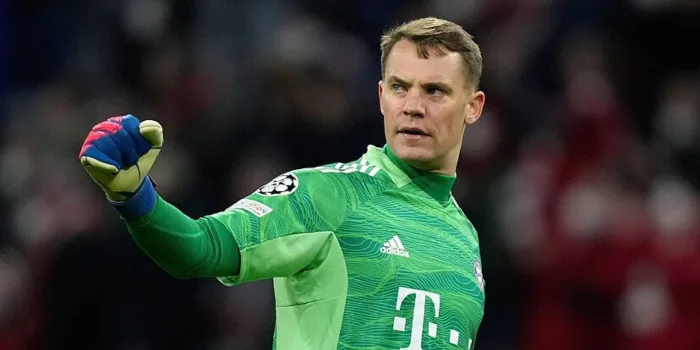
Known for revolutionizing the role of goalkeepers, Neuer’s exceptional shot-stopping abilities and unparalleled sweeper-keeping skills have earned him acclaim. As a key figure in Bayern Munich’s success, he’s celebrated for his commanding presence, quick reflexes, and precise distribution.
Neuer’s ‘sweeper-keeper’ style, frequently venturing outside the penalty area to intercept opposition attacks, has set a new standard in modern goalkeeping.
Lev Yashin (Soviet Union/Russia)
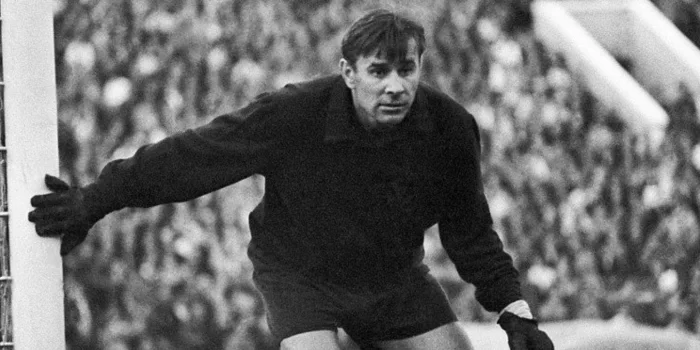
Regarded as the “Black Spider,” Lev Yashin is a legendary figure in the history of goalkeeping. Yashin, the only goalkeeper to win the Ballon d’Or, was renowned for his extraordinary shot-stopping ability. He had a commanding presence in the box and unparalleled consistency.
His acrobatic saves and leadership on the field made him an iconic figure for both the Soviet Union and Dynamo Moscow. Lev Yashin left an indelible mark on the game.
Alisson Becker (Brazil)
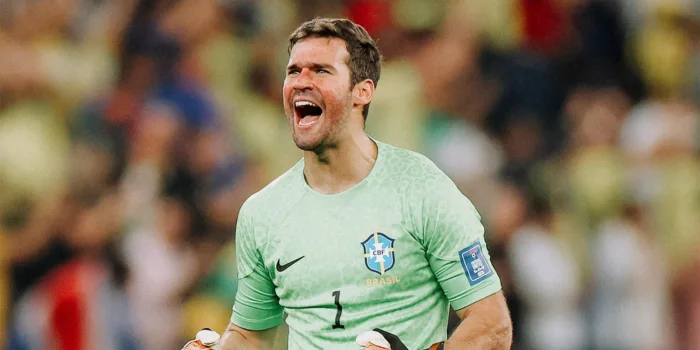
The Brazilian goalkeeper, Alisson, has established himself as one of the finest in the world. Alisson, known for his shot-stopping, calmness under pressure, and distribution, helped Liverpool win the Premier League and Champions League. His ability to read the game and contribute as a sweeper-keeper adds an extra dimension to his game.
Marc-Andre Ter Stegen (Germany)
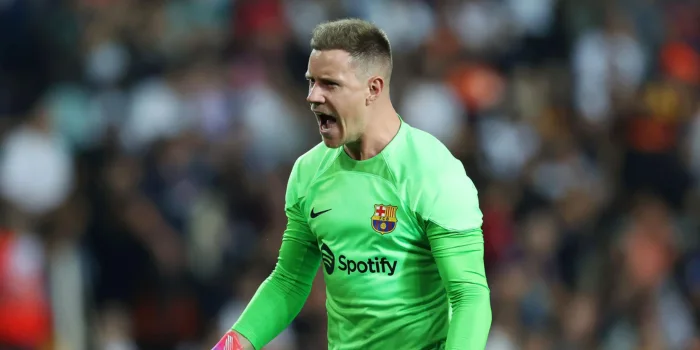
Barcelona and German national team star Ter Stegen is known for his reflexes, quickness, and ball-playing. He is considered a world-class custodian due to his one-on-one saves. Ter Stegen’s ball-handling and willingness to play sweeper help his team’s style.
Ederson (Brazil)
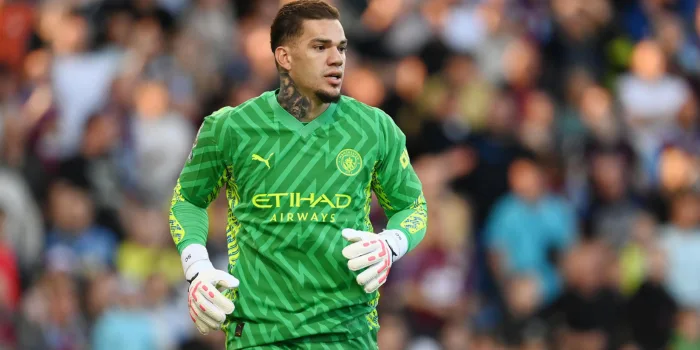
Manchester City’s Ederson is noted for his excellent distribution, passing accuracy, and rapid decision-making. City’s possession-based approach relies on his sweeper-keeper skills, coming off his line to intercept through balls or start attacks. One of the most versatile goalkeepers in the world, Ederson stops shots and stays calm under pressure.
See Also: Maradona Soccer Move
FAQs
A sweeper keeper is a goalkeeper who intercepts through balls and helps defend outside the penalty area.
Yes, Ederson is considered a sweeper keeper. His playing style involves frequently coming off his line, displaying exceptional ball distribution, and actively participating in defensive actions beyond the goal.
People often credit Lev Yashin as one of the first sweeper keepers. The legendary Soviet goalkeeper, known as the “Black Spider,” earned renown for his ability to read the game, command his box, and actively participate in defensive plays.
Sweeper keepers can read the game, make judgments outside the penalty area, intercept through balls, and play the ball well.
Conclusion
Over the years, the Sweeper Keeper position has evolved tremendously. It has transformed from an uncommon sight to a highly sought-after skill set in contemporary football. A contemplation on the more far-reaching influence that Sweeper Keepers have had on the development of the contemporary game. This influence is evident both in terms of tactical innovations and the shifting perceptions of goalkeeping.

